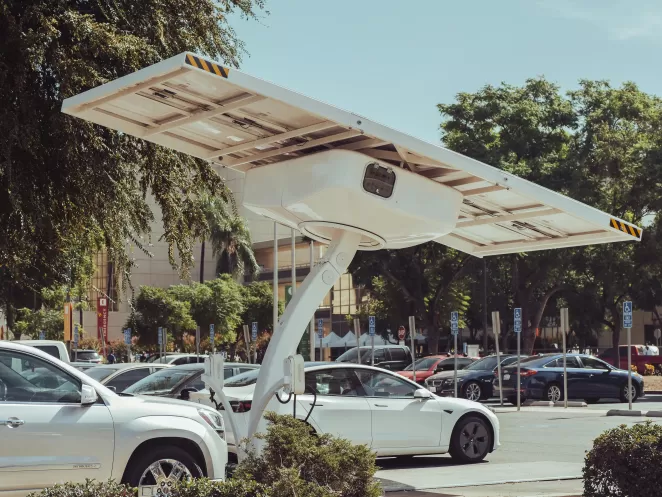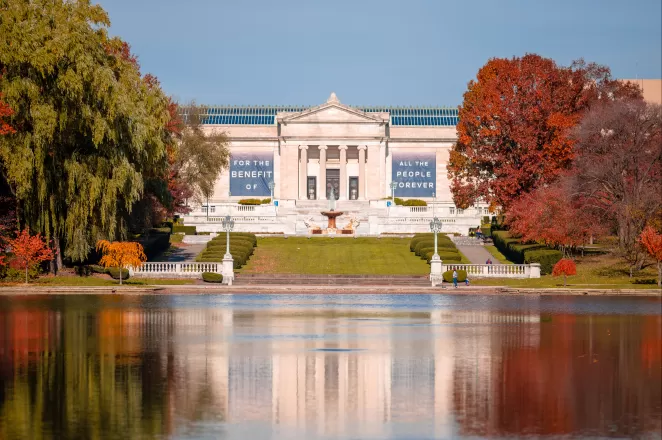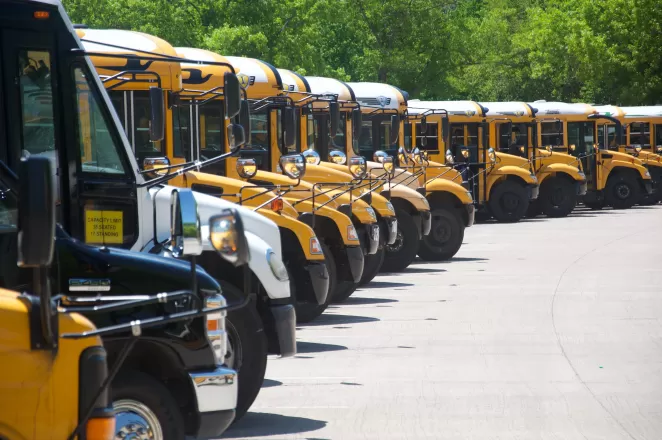American University Became Carbon Neutral, But It Didn’t Stop There
When American University (AU) in Washington, DC, set out to reach carbon neutrality by 2020, the orchestrators of this ambitious goal never imagined the school would be able to do it a full two years ahead of time. But positive action tends to build on itself. And with enthusiastic students and committed staff leading and supporting the effort, the institution reached its goal in 2018.
Using emissions-reduction strategies, implementing renewable energy options, and offsetting any remaining emissions, AU became the first urban campus, the first research university, and the largest higher education institution in the U.S. to hit this high mark.
The accomplishment of becoming carbon neutral is only one part of a multifaceted journey of proactive climate leadership at AU. In 2009, the school signed Second Nature’s Climate Commitment, committing to take action to address the climate threat. This move prompted the university to create the Office of Sustainability, a Sustainability Plan, and a Climate Action Plan. AU updated its Sustainability Plan in 2014 and again in 2016, with the newest plan reflecting the school’s Climate Commitment renewal.
AU has made a range of improvements to increase the sustainability of its campus. Notably, 10 of the campus’ buildings are LEED-certified, and AU’s Green Building Policy states that all new buildings must be LEED-certified at the Gold level of higher, and that all major renovations must achieve Silver certification.
Around 2,500 solar panels have been installed on buildings around campus. But since space is limited at the urban university, AU partnered with George Washington University (GWU), GWU Hospital, and Duke Energy Renewables to construct three large solar farms in North Carolina, which generate 50% of AU’s electricity. Purchase of Renewable Energy Credits ensures that the remainder of the school’s energy comes from renewable sources.
Other elements of progress in include promoting bicycle use on and around campus, installing permeable paved walkways to allow water to flow into the ground instead of into stormwater systems, and incorporating bioswales and rainwater collection into landscaping. Student volunteers maintain the campus’s community garden, green roofs dot buildings around campus, and the 84-acre campus is a certified arboretum.
AU is looking beyond increasing sustainability in its operations and infrastructure, focusing as well on integrating issues of environmental stewardship into its curriculum, research, and community life. For example, the school’s Sustainability Plan lists as goals substantially increasing the number of courses identified as sustainability-focused or -related; creating resources for faculty members to include adaptation and resilience, wellness, and environmental justice into their classes; and establishing an annual award to recognize a faculty member who has embodied sustainability in scholarship.
There are many opportunities for students to get involved in sustainability-related efforts as well, from working in the community garden to engaging in community-oriented actions. In mid-2022, the school launched the cross-campus Center for Environment, Community, and Equity, dedicated to incubating ideas for environmental and community action and implementing student-led programs.
American University is a proud member of America Is All In, standing strong in its commitment to help the U.S. continue its progress toward the Paris Agreement’s emissions reductions targets.




